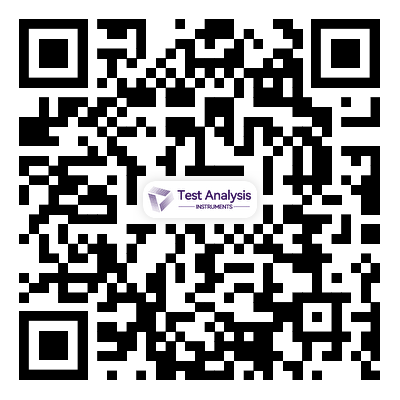What are the testing instruments in the transportation?
2024-02-26
In the transportation sector, various testing instruments are used for evaluating the performance, safety, and compliance of vehicles, components, materials, and infrastructure. Here are some common testing instruments used in transportation:
1. Crash Test Dummies: These are anthropomorphic test devices (ATDs) used in crash tests to simulate the effects of a collision on the human body. Crash test dummies are equipped with sensors to measure forces and accelerations experienced during a crash, providing valuable data for assessing vehicle safety.
2. Dynamometers: Dynamometers are used to measure the power, torque, and performance of engines and vehicle drivetrains. They simulate real-world driving conditions by applying controlled loads to the vehicle while measuring various parameters such as speed, torque, and fuel consumption.
3. Tire Testing Machines: Tire testing machines are used to evaluate the performance characteristics of tires, including traction, grip, wear, and durability. These machines simulate different road conditions and environmental factors to assess tire performance under various scenarios.
4. Road Load Data Acquisition Systems (RLDAS): RLDAS are used to measure and record the forces and loads experienced by vehicles while driving on different road surfaces. This data is essential for vehicle design, durability testing, and improving ride quality.
5. Brake Testers: Brake testers are used to evaluate the braking performance of vehicles by measuring stopping distances, braking force, and brake system efficiency. These testers simulate emergency braking situations to assess the effectiveness of a vehicle's braking system.
6. Environmental Chambers: Environmental chambers are used to simulate extreme environmental conditions such as temperature, humidity, and altitude. These chambers are used to test the performance and durability of vehicles, components, and materials under harsh operating conditions.
7. Noise, Vibration, and Harshness (NVH) Test Equipment: NVH test equipment is used to measure and analyze noise, vibration, and harshness levels in vehicles. This equipment helps identify and mitigate sources of noise and vibration to improve vehicle comfort and performance.
8. Fuel Efficiency Testing Equipment: Fuel efficiency testing equipment is used to measure fuel consumption, emissions, and efficiency of vehicles and engines under various operating conditions. This data is crucial for evaluating vehicle performance and compliance with regulatory standards.
9. Structural Testing Machines: Structural testing machines are used to evaluate the strength, stiffness, and durability of vehicle components and structures. These machines apply controlled loads to components such as chassis, frames, and body panels to assess their performance under different loading conditions.
10. Automated Vehicle Testing Systems: With the emergence of autonomous vehicles, specialized testing systems are being developed to evaluate the performance and safety of autonomous driving systems. These systems include simulators, test tracks, and advanced sensor technologies for assessing the capabilities of autonomous vehicles in various scenarios.
These testing instruments play a crucial role in ensuring the safety, reliability, and performance of vehicles and transportation infrastructure in the automotive, aerospace, and railway industries.


